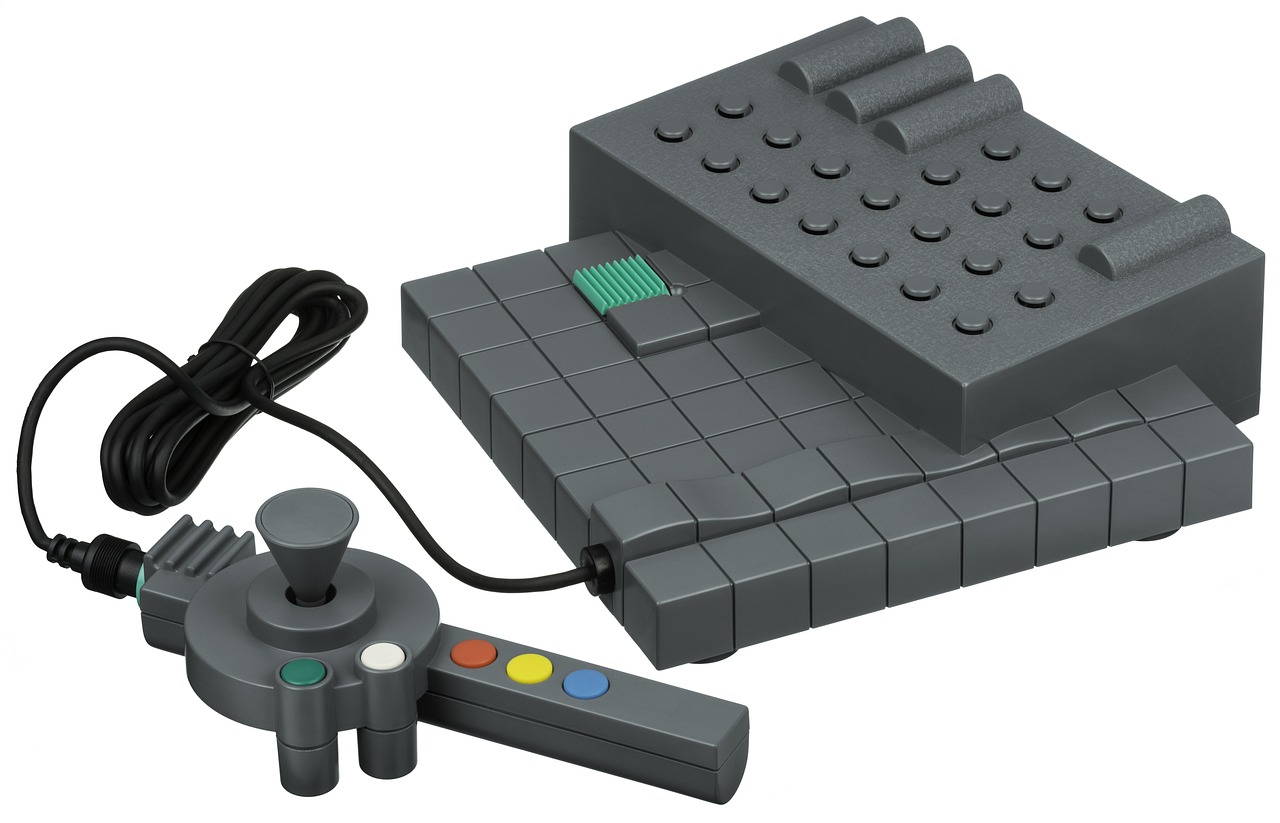Title: PLC Controller for Six-Motor Control System
This project is focused on the design and implementation of a PLC (Programmable Logic Controller) controller for a six-motor control system. The controller will be responsible for coordinating and managing the operations of the six motors in a manner that ensures efficient and reliable performance. The PLC controller will receive input signals from various sensors and switches, process these signals according to predefined logic rules, and then output control signals to the motors to achieve the desired operational sequence. This process will be continuously repeated to maintain the system's operational integrity. The implementation of this PLC controller will involve programming in a suitable programming language, such as Ladder Logic or Structured Text, and integrating it into the existing system architecture. The designed controller will also be tested and validated to ensure its performance meets the specified requirements.
In today's industrial automation, motor control systems play a crucial role in enhancing operational efficiency and productivity. To meet the challenge of managing multiple motors simultaneously, many manufacturers are turning to programmable logic controllers (PLC) to streamline their motor control operations.
A PLC is a special type of computer designed to interface with input/output devices and control processes in industrial applications. In the context of motor control, a PLC can receive feedback from sensors or other monitoring devices, process this information to determine the desired motor actions, and send control signals to the motors to achieve the desired results.

To illustrate the application of PLC in motor control, let's consider a scenario where a PLC controller is used to manage a system of six motors. Each motor is connected to the PLC via its own set of input/output devices, allowing the PLC to receive feedback from each motor and send control signals accordingly.
In this setup, the PLC can monitor various parameters such as motor speed, torque, and temperature to ensure that each motor is operating within its optimal range. When any of these parameters fall outside the normal range, the PLC can trigger alarms or take corrective actions to bring the system back to normal.
Moreover, the PLC can also enable advanced features like motor synchronization, where multiple motors are coordinated to operate together for increased efficiency and productivity. This is particularly important in applications where motor speed and torque are critical factors, such as in manufacturing or processing industries.
Another significant advantage of using PLC for motor control is its ability to integrate with other industrial automation systems. This allows manufacturers to leverage their existing investments in automation while enhancing their motor control capabilities simultaneously. By integrating with other systems, the PLC can provide a centralized platform for monitoring and controlling all aspects of their industrial operations.
In conclusion, PLC controllers offer a cost-effective and reliable solution for managing multiple motors simultaneously. By automating the process of monitoring and controlling motors, manufacturers can reduce their operational costs, improve efficiency, and increase productivity. With the ability to integrate with other industrial automation systems, PLC controllers provide a comprehensive solution for modernizing and optimizing motor control operations.
Articles related to the knowledge points of this article:
PLC Main Controller: The Heart of Industrial Automation
Chicken Shed Light Controller with PLC
PLC Controller Instruction Numbers
Keba Controller Connection to PLC
CNC Controller Modification for PLC
PLC Controllers in Hunan Tunnels: Understanding Their Importance and Application